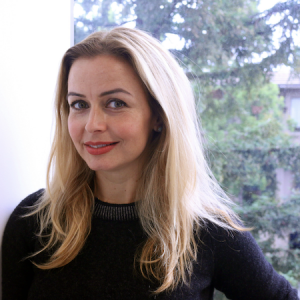A Bold Effort To Cure HIV—Using Crispr
An experiment tests whether the gene-editing technology can stop the virus from replicating, which would ultimately wipe out the infection.
IN JULY, AN HIV-positive man became the first volunteer in a clinical trial aimed at using Crispr gene editing to snip the AIDS-causing virus out of his cells. For an hour, he was hooked up to an IV bag that pumped the experimental treatment directly into his bloodstream. The one-time infusion is designed to carry the gene-editing tools to the man’s infected cells to clear the virus.
Later this month, the volunteer will stop taking the antiretroviral drugs he’s been on to keep the virus at undetectable levels. Then, investigators will wait 12 weeks to see if the virus rebounds. If not, they’ll consider the experiment a success. “What we’re trying to do is return the cell to a near-normal state,” says Daniel Dornbusch, CEO of Excision BioTherapeutics, the San Francisco-based biotech company that’s running the trial.
HIV attacks immune cells in the body called CD4 cells and hijacks their machinery to make copies of itself. But some HIV-infected cells can go dormant—sometimes for years—and not actively produce new virus copies. These so-called reservoirs are a major barrier to curing HIV.
“HIV is a tough foe to fight because it’s able to insert itself into our own DNA, and it’s also able to become silent and reactivate at different points in a person’s life,” says Jonathan Li, a physician at Brigham and Women’s Hospital and HIV researcher at Harvard University who’s not involved with the Crispr trial. Figuring out how to target these reservoirs—and doing it without harming vital CD4 cells—has proven challenging, Li says.
Read the full article here.




